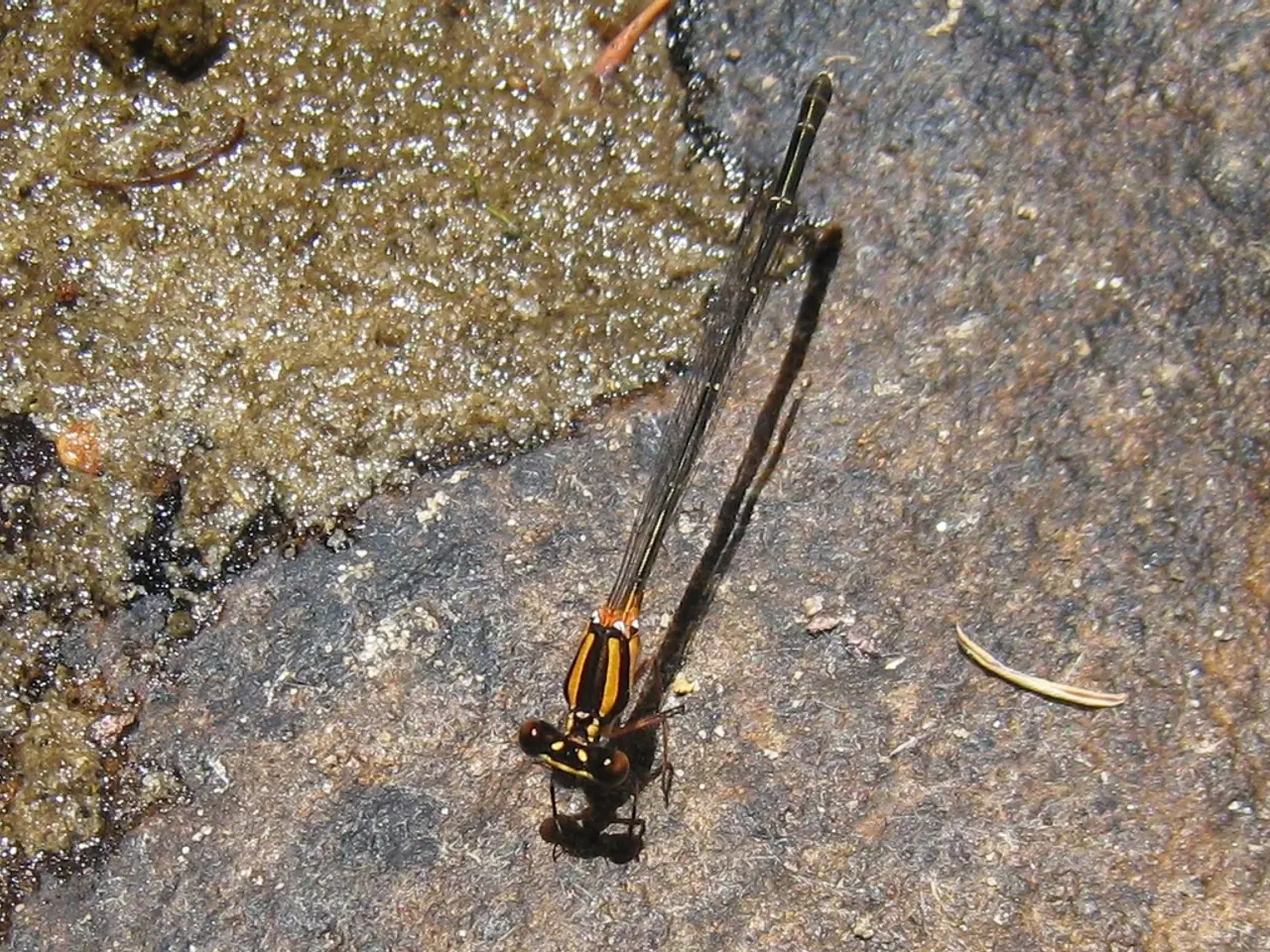China Declares War on Chikungunya Virus: Understanding its Potential Hazard
In the heart of China's Guangdong Province, health officials are battling the largest chikungunya outbreak in the country's history, with over 8,000 cases reported since June 2025 13. The mosquito-borne viral disease, typically found in Africa, southeast Asia, and South America, has taken Foshan City by storm.
To combat the outbreak, a multi-faceted approach has been implemented. This includes deploying drones for identifying and fogging mosquito breeding sites, introducing thousands of larvae-eating fish into water bodies, and enforcing fines on households that fail to eliminate standing water 4. Community isolation and enforced inpatient care for infected individuals are also key strategies to prevent further spread.
In an effort to protect humans from mosquito bites, measures such as installing insecticide-treated window screens and bed nets in patients’ rooms, and applying residual insect repellents in living spaces, are being taken. Targeted adulticide spraying and systematic removal of mosquito breeding sites within areas surrounding confirmed cases are also part of the strategy 4.
To ensure prompt case detection and management, nucleic acid testing for the chikungunya virus (CHIKV) has been integrated into routine diagnostics at healthcare facilities. Real-time vector surveillance indices, such as the Breteau Index and Area Density Index, are used to monitor and optimize control efforts 4. Household-level inspections and legal enforcement of mosquito control measures are also integral to the approach 5.
People who test positive are reportedly being hospitalized to isolate themselves, a measure reminiscent of COVID-19 tactics 6. The virus, caused by the chikungunya virus, is spread through Aedes aegypti or Aedes albopictus mosquitoes 7.
The current outbreak in Guangdong is not an isolated incident. Since 2004, there have been more global outbreaks, and the virus has been reported in over 110 countries 8. Cases and outbreaks are most common in tropical and subtropical regions where mosquitoes thrive year round. So far this year, there have been roughly 240,000 cases of chikungunya and 90 deaths from the virus, mostly in South America 9.
The U.S. Centers for Disease Control and Prevention has issued a notice for travelers to Guangdong, urging them to exercise precautions including mosquito repellent and vaccination 10. Climate change and increased global travel are contributing to chikungunya's growing footprint.
The virus causes fever, rash, fatigue, and the most notable symptom is joint pain, which can be debilitating and last for weeks, months, or even years in some cases 11. Two licensed vaccines for chikungunya exist but are not widely available or used 12.
Yanzhong Huang, a senior fellow for global health at the Council on Foreign Relations, compares the current measures to those taken during the COVID-19 pandemic 6. The first detection of the disease was in 1952 in Tanzania 13. As the battle against chikungunya continues in Guangdong, the world watches with bated breath, hoping for a swift end to this outbreak.
14. In response to the outbreak, the health officials are using Credit-based funding for implementing and sustaining their strategies, as financial support is crucial for such comprehensive programs.
15. integrated IRAs (Individual Retirement Accounts) into their plan, encouraging employees to invest in ESG (Environmental, Social, and Governance) funds that align with health-and-wellness, fitness-and-exercise, and environmental-science sectors.
16. Companies in the region are focusing on workplace-wellness programs to boost their employees' immune systems, incorporating medical-conditions screenings, nutrition counseling, and stress-management therapies-and-treatments into their benefits packages.
17. To combat climate-change effects on mosquito populations and mitigate future outbreaks, initiatives for Skin-care products following sustainable and cruelty-free practices are being considered due to the inevitable increase in the use of repellents.
18. In addition, studies on CBD (Cannabidiol) are being conducted to determine its potential as a mosquito repellent, as a natural alternative to current pesticides could have less harmful effects on both humans and the ecosystem.
19. As part of the overall health-and-wellness approach, restrictions on single-use plastics and promoting reusable or biodegradable containers for skin-care, nutrition, and CBD products are being encouraged within the workplace to incentivize a greener approach to everyday items.
20. Moreover, institutions are investing in scientific research on nutrient-dense food sources and sustainable agriculture methods in the region, aiming to bolster both human health and the environment.




